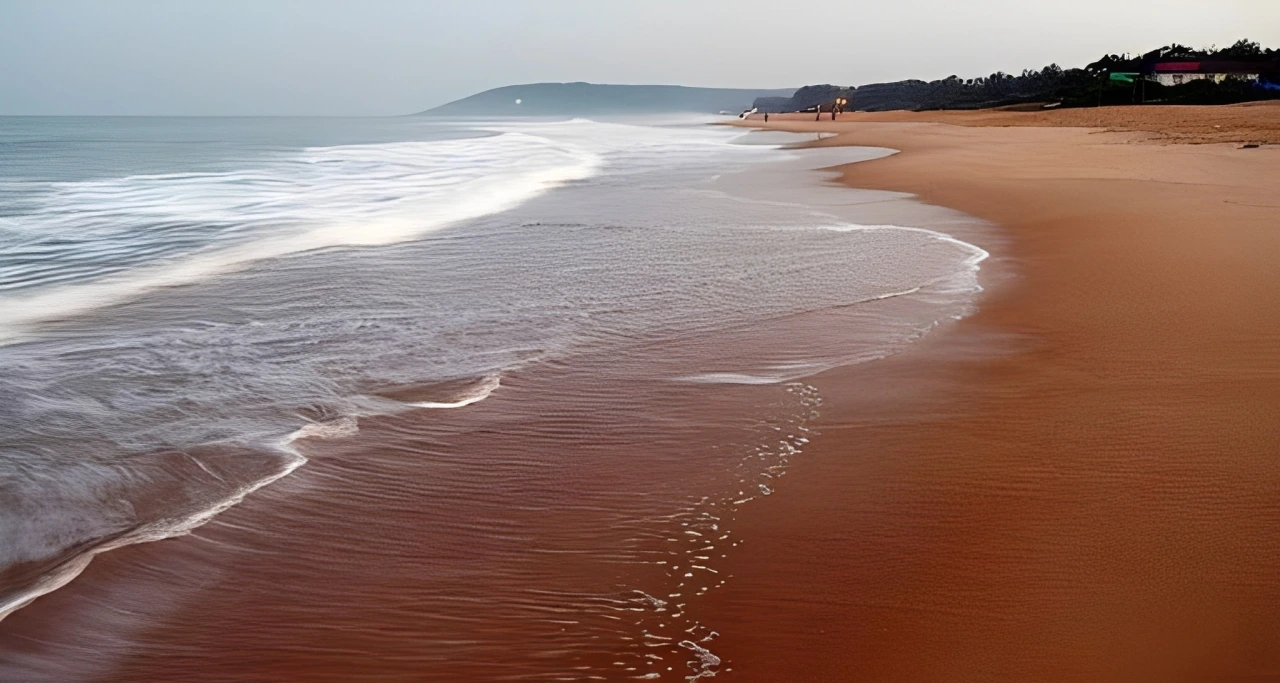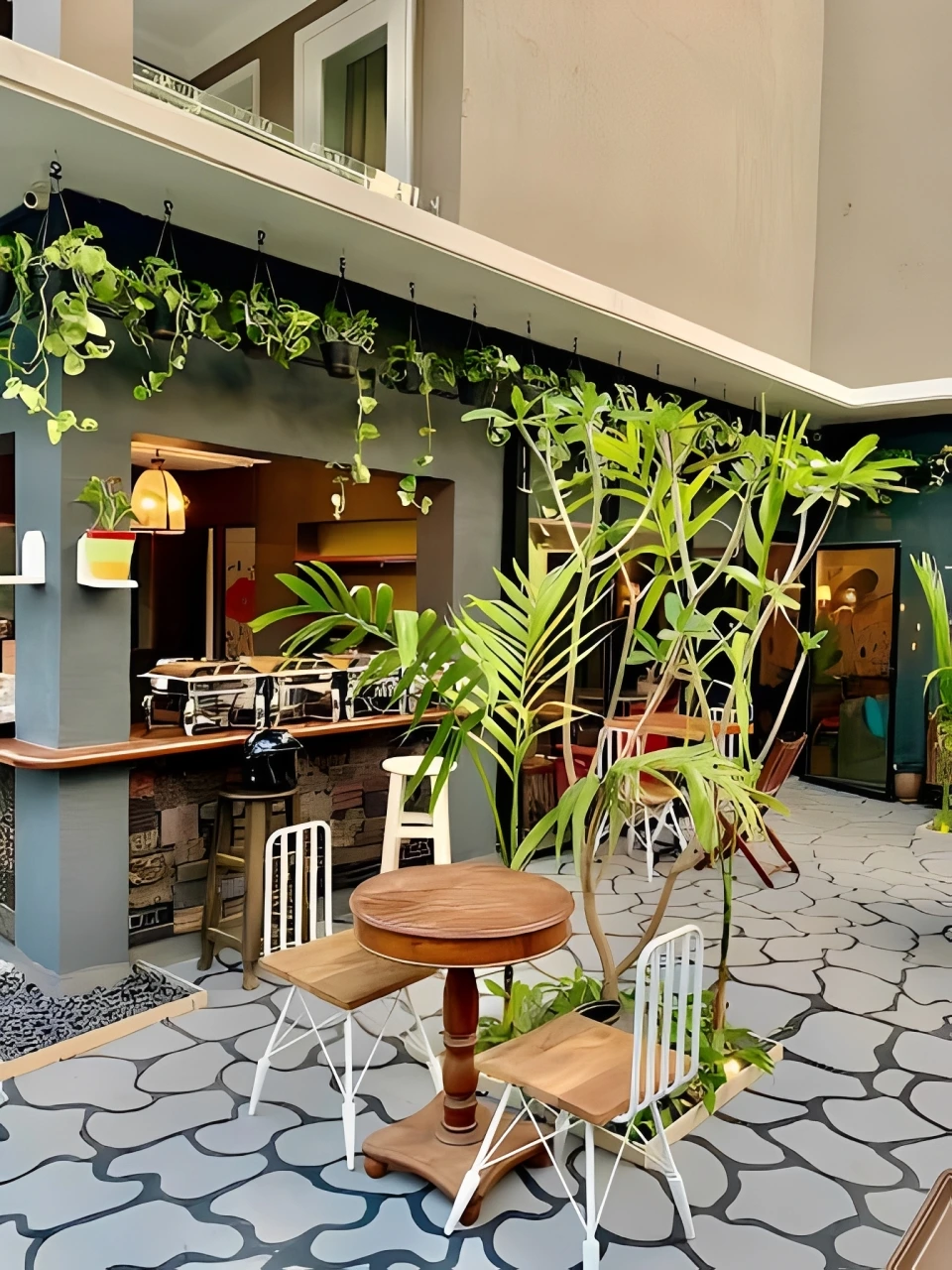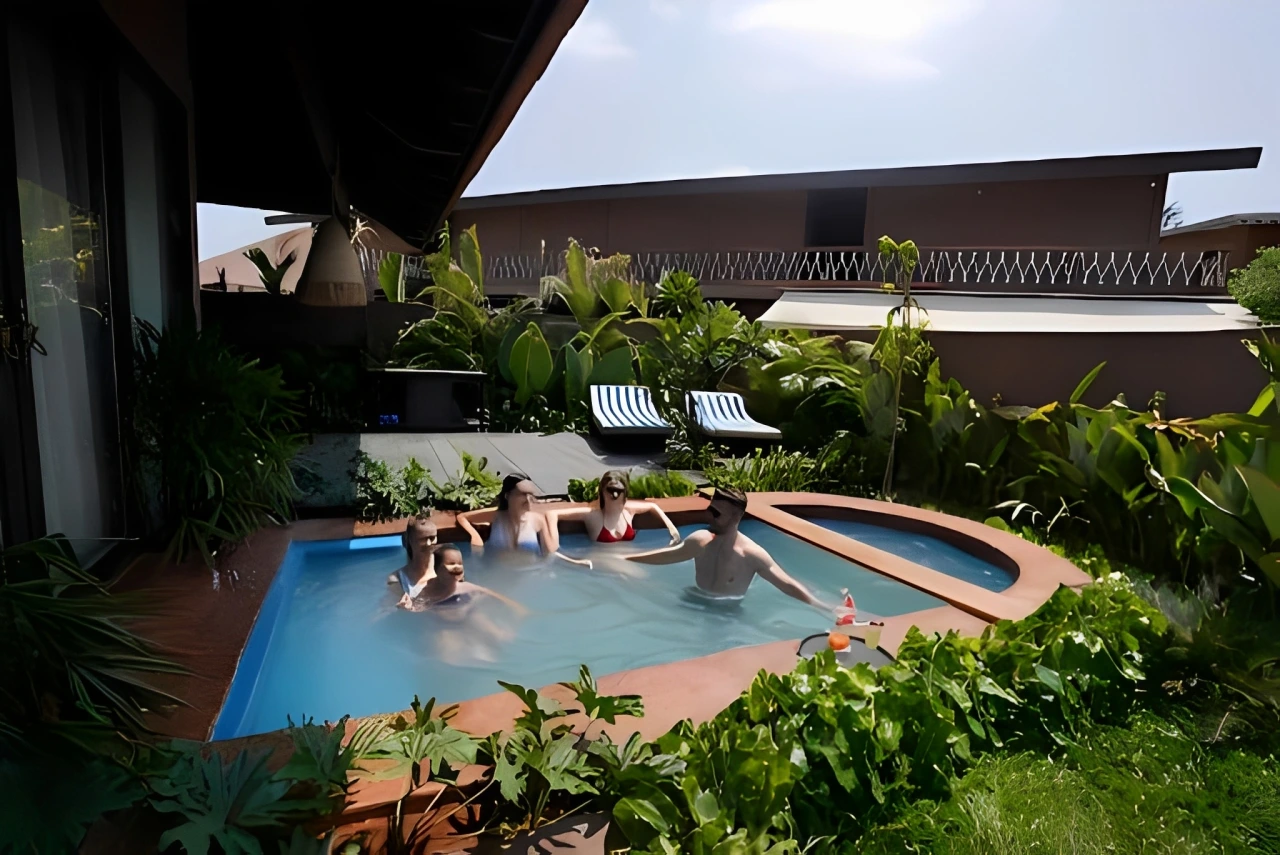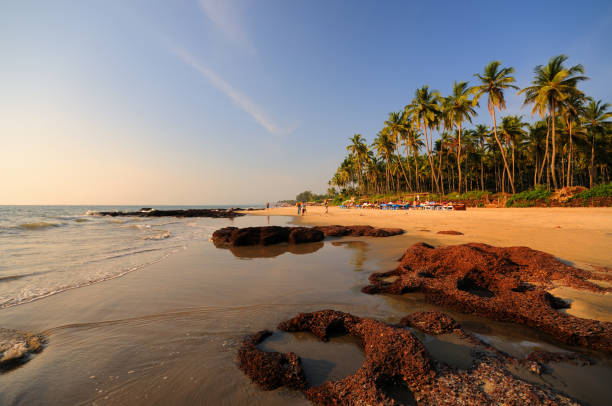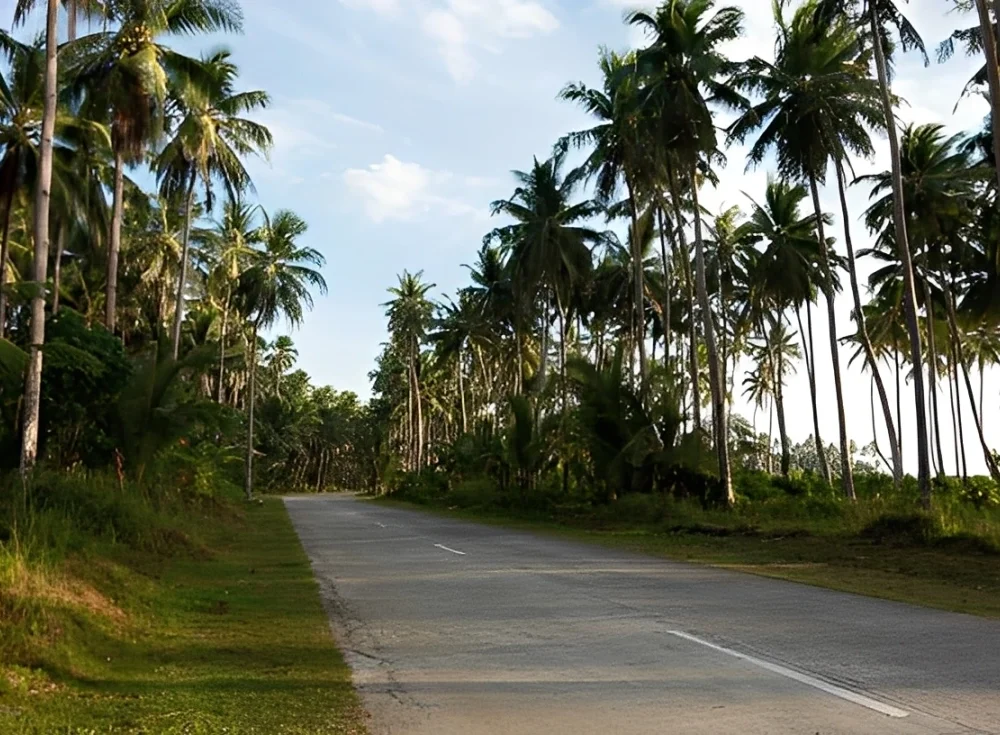Goa has a reputation for its buzzing beaches, music-filled nights and the wave of tourists who flood in during peak season. But what many people don’t realize is that exploring North Goa outside the crowded months, and doing it on a reasonable budget, is not only possible but often far more rewarding. When the rush slows down, the energy shifts. The streets become empty, beaches stretch wide and quiet and the slower pace of local life becomes easy to notice. You’ll notice the details you might have rushed past before – a chai stall owner chatting with locals, fishermen pulling in their morning catch or the golden sunset bathed over the coast without the typical crowd blocking your view.
Budget travel here doesn’t mean missing out on fun. It’s about smart choices – picking the right time, staying in the right spot and spending more time outdoors than in expensive, over-planned activities. It’s about replacing queues and crowds with long walks, delicious food and experiences that feel personal rather than rushed.
Why North Goa Works So Well for Budget Travellers
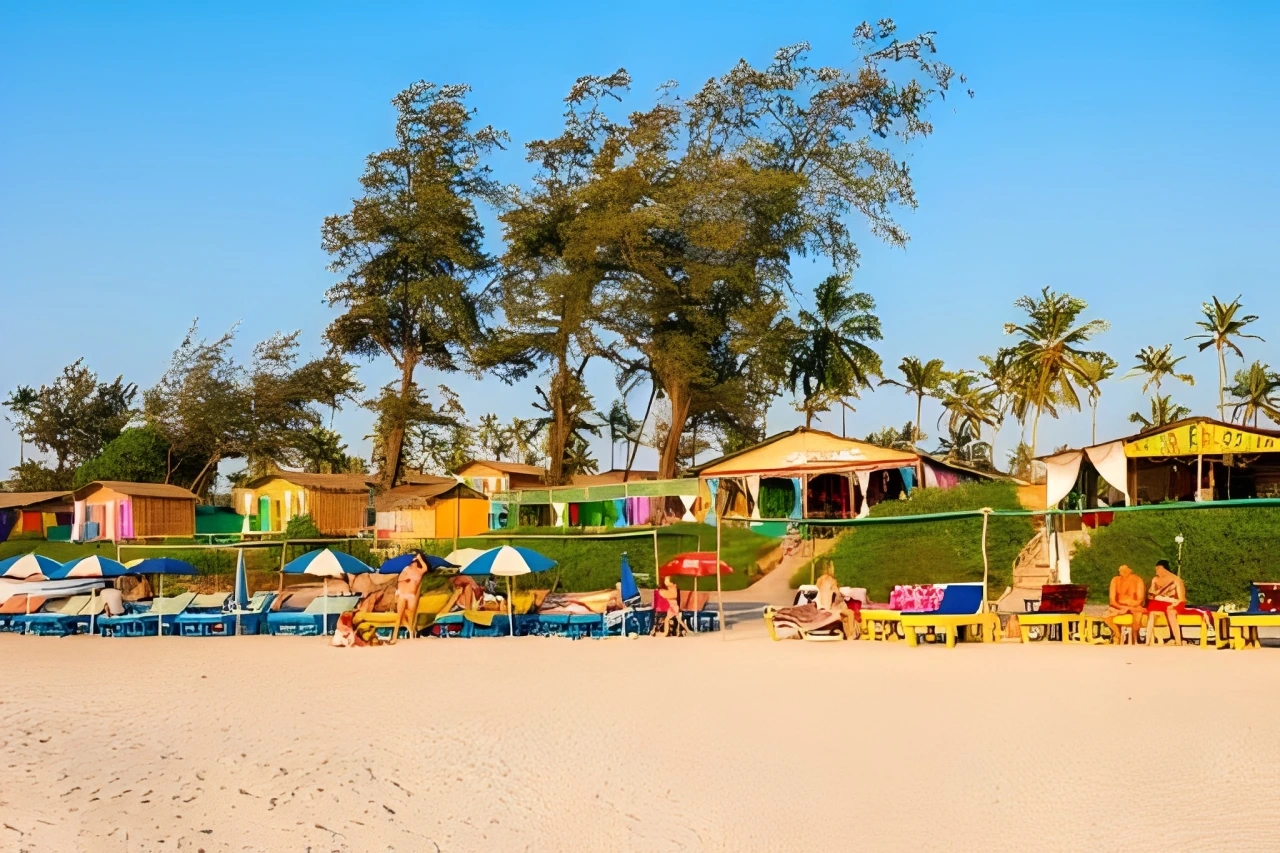
North Goa’s strength lies in its ease of access and wide range of experiences within a fairly small area on the map. There are some of the most famous beaches, markets, forts and cafes in the region, to name a few – all within a short distance of each other. Unlike more remote destinations where commuting often sneaks in as a hidden cost, you can see and experience North Goa comfortably without always worrying about constantly spending on cabs or long drives.
From October onwards, the post-monsoon season is particularly good for budget focused travellers. This is when the weather turns pleasant, humidity drops, and prices for affordable resorts in Goa are lower compared to peak holiday weeks. The greenery is still fresh, beaches feel naturally cleaned by the rains, and there’s a certain lightness in the air that you won’t find during the peak of December.
Staying at hotels near Calangute beach gives you an excellent base. From here, you can walk to cafés, local shops, and the sea without depending on expensive transportation. The same applies to the Morjim side of North Goa, where mornings are slower, beaches are quieter, and the stretch of sand feels endless. This combination of accessibility and calm is what makes North Goa a smart pick for those who want to travel well on a budget.
What It Feels Like to Be in Calangute After the Rush
Calangute is often known as the heart of North Goa. During the high season, it’s busy and bright, with beach shacks, music and crowds. But, when high season passes, the energy changes. The morning is calm, with only a couple of joggers or early risers heading towards the sea. Shops open without rush, bakers serving fresh buns and coffee and locals are on the streets.
If you’re staying at hotels near Calangute beach, this is when you can walk without pushing through crowds. A stroll through the narrow streets brings small discoveries: a family-run bakery, a quiet breakfast spot, or a shop that sells handmade trinkets at half the price of peak months. The beach itself is unhurried. You can stand at the edge of the water, watch the sun rise slowly, and actually hear the waves – a small thing that’s usually drowned out by loud music and chatter.
It’s also the best time to try the smaller cafés in the area. During the high season, getting a seat is a challenge, but after the monsoon, you can linger over your meal. It gives you the space to enjoy the place, not just consume it.
A Different Kind of Morning at Morjim
If Calangute is the lively centre usually, Morjim is the opposite – a long, quiet stretch where mornings feel unhurried. People staying at Morjim hotels often step directly from their rooms onto the beach. The sand is damp from the night air, cute dogs wander lazily and fishermen fix their nets in the distance. There’s time to breathe, walk slowly, and simply take in the atmosphere without a checklist in hand.
This kind of start to the day sets the tone for everything else. It makes the rest of the trip feel less like a race and more like a rhythm you naturally fall into. That’s a big part of why travelling outside peak season is so satisfying. You get to actually experience Goa rather than just see it.
Markets, Local Finds, and Everyday Life
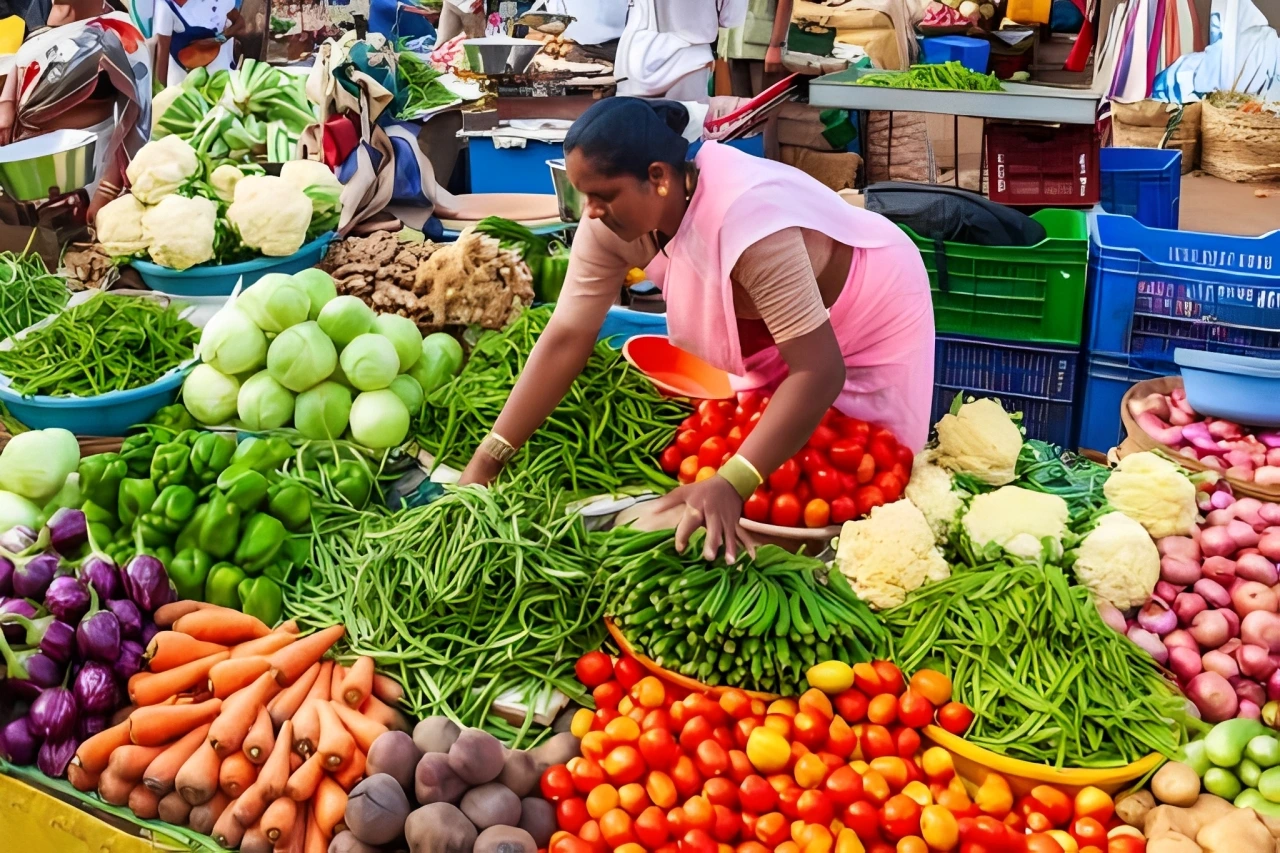
Markets in Goa are not just places to shop, they’re an easy way to understand how the place lives and breathes. Post-monsoon, they open again with fresh produce, piles of spices, and colourful handicrafts. Mapusa Market, Anjuna Flea Market, and small pop-ups near Calangute and Morjim are less crowded, which means you can walk slowly, talk to vendors, and explore at your own pace.
This isn’t about bargaining for the sake of it but about discovering little things – old families selling handwoven baskets, farmers with fresh cashews, or a tailor offering printed shirts made on the spot. These are experiences that feel quieter and more personal than the frenzied rush of December markets.
Food That Tastes Better Without a Rush
The food in Goa is always a highlight, but something changes after the monsoon. With fewer customers, small cafés and beach shacks have more time to prepare meals and talk about what’s on the menu. Fresh seafood, seasonal vegetables and traditional Goan dishes like xacuti and recheado, become the focus.
Sitting at a restaurant in Calangute after the rush , is an opposite experience than to be getting a table during the peak months. You’re not rushed to order, there’s no waiting list, and you can actually taste what’s in front of you. The same applies to cafés in Morjim, where you can spend an entire morning sipping coffee by the sea without feeling like someone is waiting for your table.
Slow Drives, Open Roads and Hidden Detours
North Goa becomes easy to explore once the crowds thin out. Renting a scooter or small car is inexpensive and can have independence to carry out your own agenda rather than relying on tours or expensive taxi services. Roads are cleaner and easier to drive on, especially early in the season.
The route from Calangute to Chapora Fort is a good example. It’s short, scenic, and leads to one of the most peaceful viewpoints on the coast. Another beautiful drive is from Morjim to Vagator, where you pass green stretches, village lanes, and beaches that are almost empty. These drives don’t need a schedule. You stop when something looks interesting, whether that’s a roadside café or a quiet bend in the road.
This kind of travel, slow and without a fixed agenda is what makes North Goa special at this time of year.
Poolside Afternoons and Quiet Evenings
Not every day has to be filled with movement. One of the best parts of the post-monsoon season is the weather – it’s warm without being overwhelming. That makes it perfect for long afternoons by the pool. Many hotels in Goa with private pool offer quiet, shaded spaces where you can just read, nap, or do nothing at all.
Evenings are equally calm. Instead of packed beach clubs, you’ll find a handful of people walking by the water, cafés playing soft music, and open-air restaurants serving fresh seafood under the night sky. It’s a version of Goa that’s softer, more personal, and far easier on the pocket.
Practical Things That Make Budget Travel Work Here

Budget travel is less about cutting corners and more about making smart choices. Booking your stay early and avoiding peak holiday weekends helps. Picking accommodation in central areas like Calangute means you can walk or rent a scooter instead of depending on cabs. Staying at hotels near Calangute beach puts everything you need within reach – food, shops, beaches, and local attractions.
Visiting during the early post-monsoon months also means you get better rates, easier reservations, and smaller crowds at every place you visit. All of this adds up to an experience that feels fuller, even with a smaller budget.
A Different Way to See Goa
Exploring North Goa on a budget is not about cutting back. It’s about seeing the place for what it is when the spotlight dims a little. Clean beaches, quiet mornings, markets that feel personal, and food that isn’t rushed. It’s about moving through the region at your own pace, noticing the small details – the kind that are invisible when the crowd is loud.
Choosing the right stay can make this even better. A good location means less money spent on travel and more time spent enjoying the coast. For travellers looking for affordable resorts in Goa, Calangute and Morjim make perfect bases. Red Thread Hotels offers well-located stays that keep you close to beaches, cafés and local experiences without adding strain to your budget. It’s a simple way to make sure your Goan holiday feels real, unhurried, and worth remembering.
FAQs
1. What is the cheapest way to travel around North Goa?
Renting a scooter is the most budget-friendly and flexible way to travel. Local buses are also great for short distances.
2. When is the best time to visit North Goa on a budget?
Visit between October–mid December or February–April to enjoy good weather and lower prices.
3. Is Calangute a good area to stay for budget travelers?
Yes. Calangute is central, walkable, and well-connected. You’ll find plenty of hotels in Calangute Goa that fit different budgets.
4. How much money do I need per day in North Goa?
On average, ₹1500–₹3000 per day is enough to cover stay, food, and local travel if you plan wisely.
5. Are there good places to eat near Calangute Beach?
Absolutely. You’ll find many affordable cafes, beach shacks, and a restaurant in Calangute serving Goan and Indian meals at fair prices.


